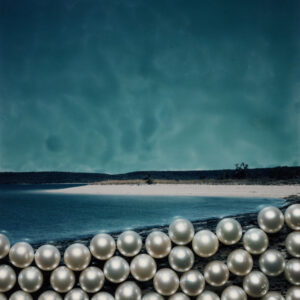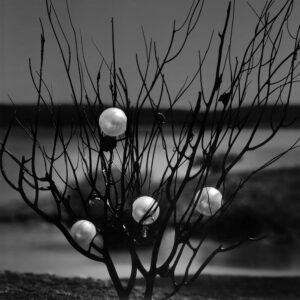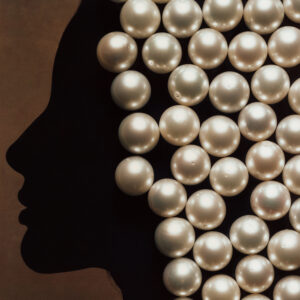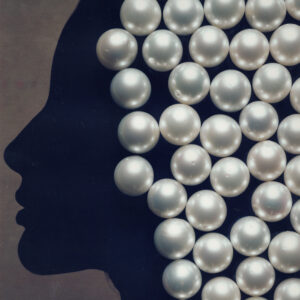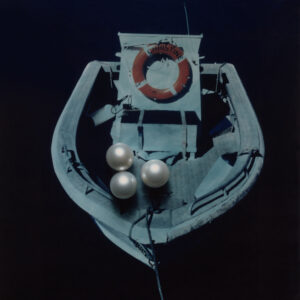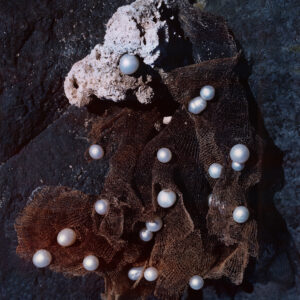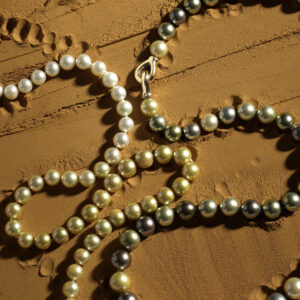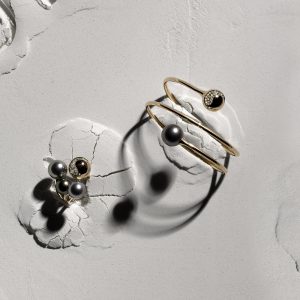ASSESSMENT CRITERIA
As far as pearls are concerned, quality is synonymous with beauty.
The South Sea pearl is the undisputed queen of the pearl kingdom for quality and size. Akoya pearls have always been considered high quality pearls which however do not reach the size of South Sea pearls.
The innovation of freshwater pearl production techniques has led to an increase in the quality standard of this type of pearls.
Utopia selects, in all three categories – South Seas – Akoya – Freshwater – pearls that meet high quality standards of the brand.
There are five fundamental criteria for assessing pearls. These are:
The South Sea pearl is the undisputed queen of the pearl kingdom for quality and size. Akoya pearls have always been considered high quality pearls which however do not reach the size of South Sea pearls.
The innovation of freshwater pearl production techniques has led to an increase in the quality standard of this type of pearls.
Utopia selects, in all three categories – South Seas – Akoya – Freshwater – pearls that meet high quality standards of the brand.
There are five fundamental criteria for assessing pearls. These are:
Lustre
This is a measure of the intensity and beauty of light reflected by a pearl’s surface. A thicker and more uniform layer of nacre accounts for a more luminous pearl.
Excellent – Good – Fair – Poor
Excellent – Good – Fair – Poor
Surface Purity
As pearls are natural gems they sometimes exhibit imperfections and defects. Such imperfections are natural characteristics of a pearl and so they do not detract from their original beauty.
No visible blemishes – Small blemishes – Widespread blemishes – Noticeable blemishes
No visible blemishes – Small blemishes – Widespread blemishes – Noticeable blemishes
Shape
The shape of a pearl depends on the thickness and the process of formation of the nacre layers. Pearls can have an infinity of possible shapes.
Round – Oval – Drop – Button – Near Round – Baroque – Semi Baroque – Ringed
Round – Oval – Drop – Button – Near Round – Baroque – Semi Baroque – Ringed
Colour
Refracting light through the calcium carbonate crystals of the nacre layers, pearls can display practically all the colours of the rainbow.
White – Rose White – Cream – Gold – Light and Dark Grey – Black.
Pearls with green, peach, cognac or champagne hues are rarer.
White – Rose White – Cream – Gold – Light and Dark Grey – Black.
Pearls with green, peach, cognac or champagne hues are rarer.
Size
Depending on their origins, pearls have different sizes.
South Sea pearls are the largest pearls in the world.
In general they are between 10 to 18 mm in diameter but pearls with a diameter of 19-20 mm have also been found.
The sizes of Japanese pearls varies from 3mm to 9mm.
Freshwater pearls generally measure from 3mm to 12mm.
In general they are between 10 to 18 mm in diameter but pearls with a diameter of 19-20 mm have also been found.
The sizes of Japanese pearls varies from 3mm to 9mm.
Freshwater pearls generally measure from 3mm to 12mm.

